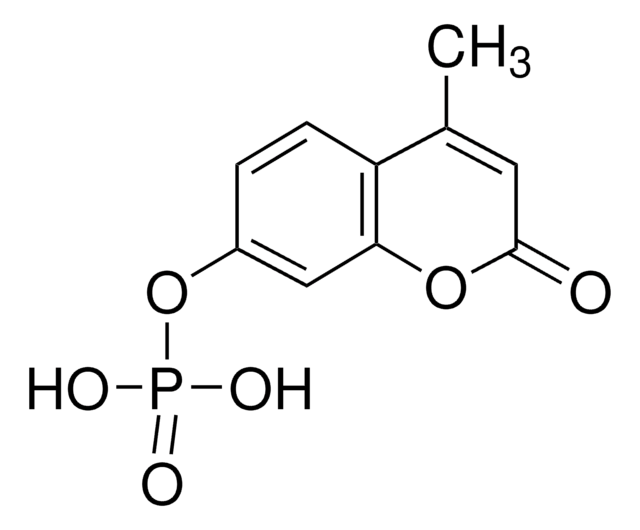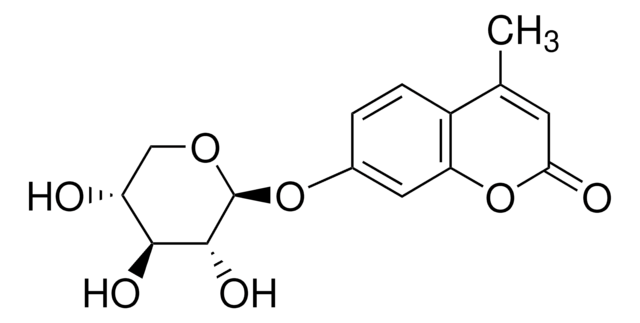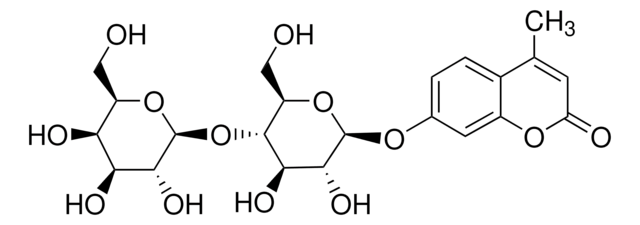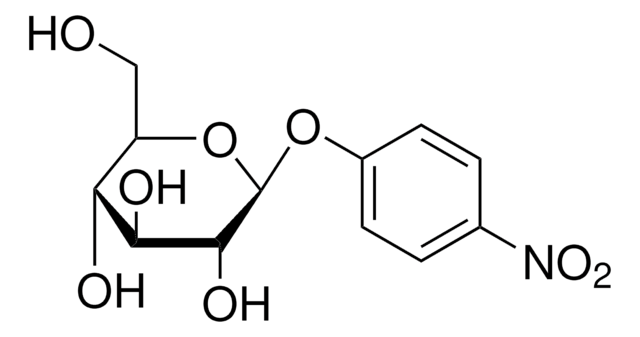Wichtige Dokumente
M8070
Monoclonal Anti-phospho MDMX (pTyr55) in Maus hergestellte Antikörper
~2 mg/mL, clone PH-MDMX-55, purified immunoglobulin, buffered aqueous solution
Synonym(e):
Anti-HDM4, Anti-HDMX, Anti-MDM4, Anti-MGC132766, Anti-MRP1
About This Item
Empfohlene Produkte
Biologische Quelle
mouse
Konjugat
unconjugated
Antikörperform
purified immunoglobulin
Antikörper-Produkttyp
primary antibodies
Klon
PH-MDMX-55, monoclonal
Form
buffered aqueous solution
Mol-Gew.
antigen ~80 kDa
Speziesreaktivität
human
Verpackung
antibody small pack of 25 μL
Konzentration
~2 mg/mL
Methode(n)
indirect ELISA: suitable
western blot: 4-8 μg/mL using total cell extract of HEK-293T cells co-transfected with human MDMX and a specific kinase
Isotyp
IgG2a
UniProt-Hinterlegungsnummer
Versandbedingung
dry ice
Lagertemp.
−20°C
Posttranslationale Modifikation Target
phosphorylation (pTyr55)
Angaben zum Gen
human ... MDM4(4194)
Allgemeine Beschreibung
Spezifität
Immunogen
Anwendung
- immunoblotting
- immunoprecipitation
- immunocytochemistry
- enzyme-linked immunosorbent assay (ELISA)
Biochem./physiol. Wirkung
Physikalische Form
Lagerung und Haltbarkeit
Haftungsausschluss
Sie haben nicht das passende Produkt gefunden?
Probieren Sie unser Produkt-Auswahlhilfe. aus.
Ähnliches Produkt
Lagerklassenschlüssel
10 - Combustible liquids
WGK
WGK 3
Flammpunkt (°F)
Not applicable
Flammpunkt (°C)
Not applicable
Persönliche Schutzausrüstung
Eyeshields, Gloves, multi-purpose combination respirator cartridge (US)
Hier finden Sie alle aktuellen Versionen:
Analysenzertifikate (COA)
Die passende Version wird nicht angezeigt?
Wenn Sie eine bestimmte Version benötigen, können Sie anhand der Lot- oder Chargennummer nach einem spezifischen Zertifikat suchen.
Besitzen Sie dieses Produkt bereits?
In der Dokumentenbibliothek finden Sie die Dokumentation zu den Produkten, die Sie kürzlich erworben haben.
Unser Team von Wissenschaftlern verfügt über Erfahrung in allen Forschungsbereichen einschließlich Life Science, Materialwissenschaften, chemischer Synthese, Chromatographie, Analytik und vielen mehr..
Setzen Sie sich mit dem technischen Dienst in Verbindung.








